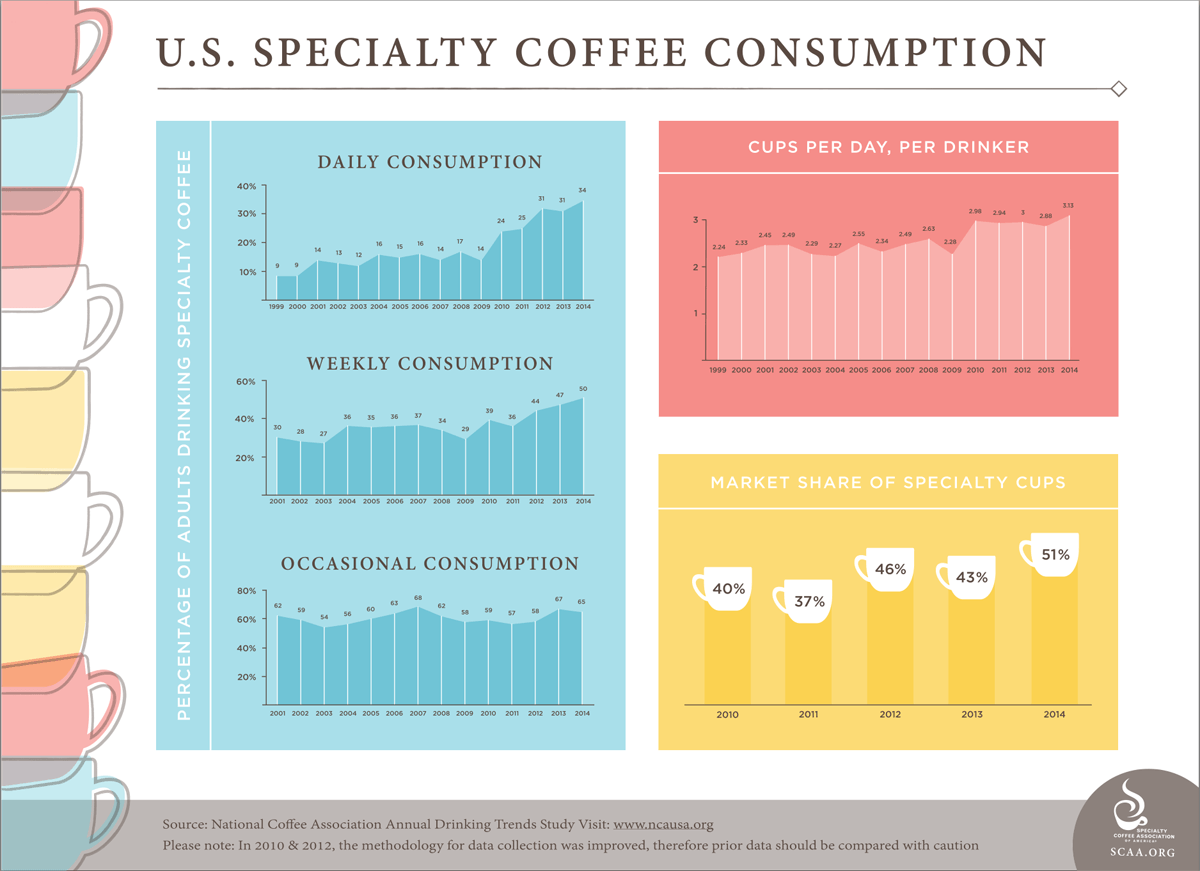How to Read a Coffee Bag Like a Pro: Your Guide to Decoding Coffee Labels

Have you ever found yourself in a supermarket or at your local café, standing in front of a wall of coffee bags, trying to decide which one to buy? Light roast or dark? Colombian, Guatemalan, Ethiopian? And those flavor notes: what do they mean when they say 'it tastes like caramel and fig or mandarin orange and black tea'? We're here to help! Let's take a quick tour of a coffee bag to decode the information, so you can make a confident selection.
Roasted On Date
We'll start with the date on the bottom of the bag. At Driven Coffee, we stamp each bag with a "Roasted On" date, which is the exact date that batch of coffee was roasted. In contrast, supermarkets commonly use a "Best Before" date, which can be 12, 18, or even 24 months from the roasted-on date! While coffee is remarkably shelf-stable when stored appropriately, its volatile flavor compounds begin to degrade after 4-6 weeks, leaving it tasting stale and flat. With Driven Coffee, you are assured of receiving fresh, delicious coffee shipped within 7 days of its roasted-on date.
Traceability and Origin
Moving to the front of the bag, you'll find information about the coffee's traceability. This refers to the specific location where the coffee was grown. In the past, coffee was sold almost exclusively by country of origin. Today, specialty coffee roasters share more detailed information, such as the region within a country or even the specific farm. This level of traceability complicates production and transportation of a coffee crop but helps ensure high quality and that farmers are compensated fairly for their crops. If you are interested in knowing more about where your coffee comes from, check out our microlot coffee from Llano Bonito, the farm of Jhonnathan Camacho, nestled in the Naranjo, West Valley of Costa Rica.
Certifications
Other information related to origin includes certifications for organic, fair trade, or women-produced coffees. Not all our coffees are Certified Organic or Fair Trade, but we work closely with our suppliers to source high-quality, ethically-produced beans. Our commitment to sustainability and supporting coffee farmers is at the core of our business.
Roast Level
Probably the most familiar information on a bag of coffee is the roast level. It's important to remember that light, medium, and dark are relative terms, and one roaster's medium may be noticeably different from another roaster's. Generally, lighter roasts preserve the coffee's origin flavors and sweetness, have a brighter or more acidic profile, and a lighter body. Darker roasts, on the other hand, have a more uniform flavor, potential bitterness, little or no acidity, and a heavier body.
Flavor Notes
The advent of modern specialty coffee has seen the addition of flavor notes to descriptors like origin or roast level. It's important to distinguish flavor notes from flavored coffees, which are created using the addition of natural or artificial flavorings. Flavor notes on specialty coffee suggest what a coffee will taste like and typically speak to three main qualities of coffee: acidity, sweetness, and body.
Light Roasts
For lighter roasted coffees, flavor descriptors may include fresh fruits like berries or citrus, indicating a more acidic profile. Lighter roasted coffees may also include notes about florality, like jasmine, lavender, or honeysuckle. To indicate a lighter body, roasters may use notes like delicate or "tea-like."
Medium Roasts
Medium roasted coffees often employ fruit descriptors similar to light roasted coffee but will include modifiers like jam/jammy, candied, or dried to emphasize concentrated sweetness. Matching the thicker syrupy fruit notes, expect the coffee's body or mouthfeel to be thicker. Medium coffees will have balanced acidity and are unlikely to feature citrus in the flavor notes.
Dark Roasts
In darker roasted coffees, if fruit notes are present, they will often be presented as fruit "pie" or other baked goods. Notes regarding spices like cinnamon or clove may also be present. Words describing the coffee's body will include rich or creamy, indicating a heavier mouthfeel. Expect a darker roast with a lower acidity when you see descriptors like caramel, chocolate, or nuts.
Fermented Flavors
The last category of flavor notes includes tropical fruits and alcohol. Pineapple, mango, papaya, or notes which include wine or whiskey indicate the presence of fermented flavors, like over-ripe pineapple or red wine. This category of flavor notes is related closely to the way in which the coffee is processed after harvest. In this case, the "natural" or "dry" process involves leaving the coffee seed inside the coffee cherry during the drying process, which imparts tangy or fermented flavors. Dry/natural processed coffees often have big bold fruit flavors, which are easily distinguishable and fascinating in their own right but may be off-putting if you aren't expecting them.





